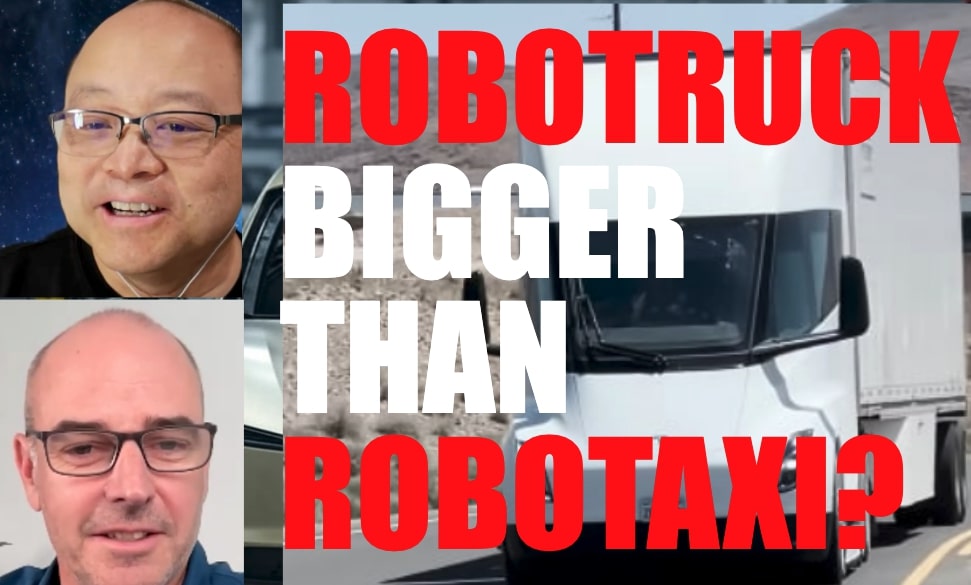Now Reading: Tesla’s Robotrucking Push: A Profitable Rival to Robotaxis?
-
01
Tesla’s Robotrucking Push: A Profitable Rival to Robotaxis?
Tesla’s Robotrucking Push: A Profitable Rival to Robotaxis?

Quick Summary
- Tesla robo-trucks (autonomous electric semis) may generate greater profits and market value than robo-taxis, offering significant economic advantages.
- Profit comparison:
– Tesla car: ~$4k profit per 5 years.
– Semi-truck: ~10x profit of a car. Robo-taxi: ~78x a car. Robo-truck: ~48x a car (battery adjusted).
- Utilization stats show robo-trucks can operate 19-22 hours/day, compared to the 8-13 hours/day of robo-taxis, with trucks running ~1,000 miles/day versus taxis’ ~100-300 miles/day.
- Revenue estimates per truck are $770k-$870k/year at high utilization (~$380k-$430k net annual profit),with payback achieved in under one year based on conservative projections.
- Scaling potential highlights that just 50k robo-semis could generate ~$19B annual profit compared to the need for 500K robo-taxis for similar output.
- Global trucking logistics industry is worth $800B-$1T in the U.S., quadrupled internationally; it may disrupt rail freight and slash driver costs while reducing emissions.
- Synergies are achievable through partnerships with Optimus bots and megapack battery systems within an autonomous logistics ecosystem.
- Challenges remain around regulations (state bans) and charging infrastructure deployments.
Indian Opinion Analysis
Tesla’s push toward autonomous electric semi-trucks showcases trucking as an evolving frontier of technology-led disruption poised to redefine global logistics industries.This development holds notable implications for India by signaling opportunities to modernize domestic transportation networks plagued by inefficiency,high emissions,labor shortages,and fuel dependency. India’s logistical backbone-primarily dependent on road-based transport-could benefit from adopting autonomous trucking technologies aligned with global decarbonization goals.
Key challenges such as inadequate infrastructure (e.g., charging stations or highway electrification) and policy regulations seen globally are likely amplified in India due to uneven industrial frameworks across states.Though, triumphant adoption could bring transformative reductions in freight operational costs while improving environmental sustainability outcomes crucial for combating urban pollution levels-cementing India’s role as a leader rather than follower within green mobility frameworks.
For regions like Southeast Asia facing infrastructural hurdles similar to India’s context but benefiting vast rural consumer bases reliant on trucked essentials over rail alternatives focusing non-speculation change gaps slowly..



























